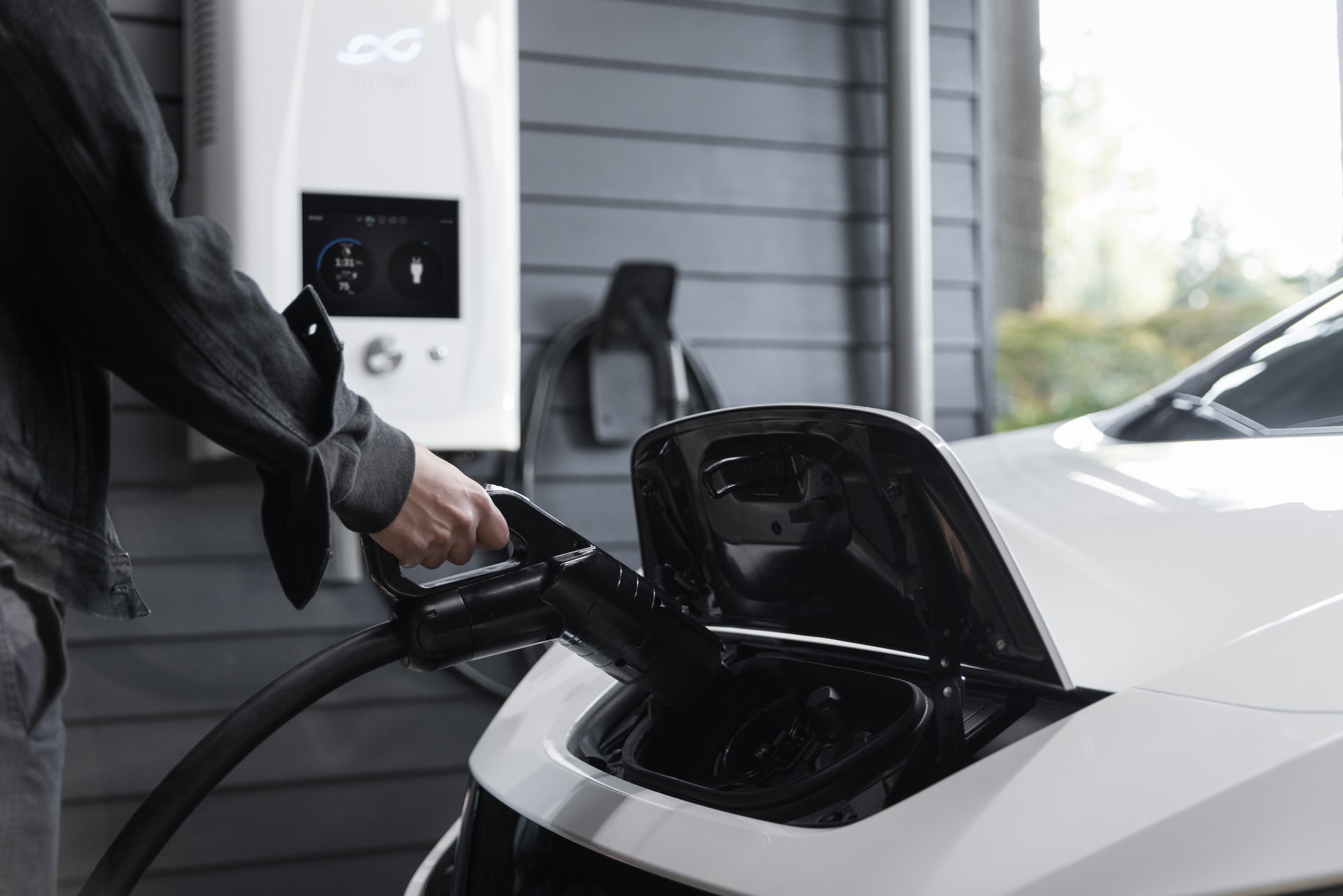Introduction: Importance of Electric Mobility
Electric vehicles (EVs) are set to replace traditional internal combustion engine vehicles (ICEVs) in coming decades as auto manufacturers increase their production of EVs as a part of the global push to a low-carbon future. One of the key differences between ICEVs and their electric counterparts is the propulsion method: one uses fossil fuel combustion to generate power, while the other uses stored energy. This difference alone affects the overall carbon emission production, with EVs producing far less than ICEVs – even when factoring manufacturing of components and a non-renewable power source. It is for this reason that the transport industry is rapidly shifting towards electrification.
EVs and Energy Storage
The energy storage units within an EV are the most important component of the vehicle, they dictate the car’s abilities in terms of autonomy and range – two metrics that are based on the battery type and charge level. Lithium-ion batteries are the battery of choice for EVs, and while there are different types of lithium batteries on the electric mobility market, lithium is the critical component that unites them. The average lithium-ion battery system in an electric car has 8 kilos (17lbs) of lithium carbonate! As such, this makes lithium a core component – and also highlights just how much lithium will be needed to meet current EV demand.
Lithium batteries are preferred for a very simple reason: they are the most efficient. Lithium’s chemical and physical properties mean that it can store large amounts of energy for its size and has the ability to recharge without losing capacity – these two desirable traits ensure that the alkali metal has a firm grip on the energy storage system market. Breakthroughs in lithium-ion batteries also mean that the capacity and range of EVs is continually increasing, as well as overall charge times – increasing their appeal for both manufacturers and consumers. Research into alternative battery types are still in their infancy, and with investment being poured into expanding current lithium infrastructure, supply chains, and recycling, lithium-ion batteries are certain to play a major role in global low-carbon goals.
Lithium-Ion Batteries
Already found within our consumer electronics, the lithium supply chain is already developed, but additional investments are needed to ensure that the scale of extraction and production is increased to meet demand. Major auto manufacturers have indicated that they are replacing their ICEV production lines with EVs or hybrids, while the renewable energy sector is using large-scale lithium batteries to deal with intermittency issues. The demand for lithium is continually increasing, and current models show a deficit in supply within three to four years. While the retrieval of lithium has been at the center of global debates on sustainable mining practices, new technologies are being developed by innovative companies like EnergyX that make the entire lithium supply chain more sustainable and efficient from brine to battery.
EnergyX’s LiTAS™ Direct Lithium Extraction (DLE) technology and SoLiS™ lithium-ion batteries are disrupting the billion-dollar lithium market. DLE has been touted as a game changer by experts including McKinsey, which has stated that “Direct lithium extraction and direct lithium to product offer significant promise of increasing lithium supply, reducing the industry’s environmental, social, and governance footprint, and lowering costs.” By creating faster, more sustainable lithium extraction operations and efficient lithium-ion batteries, EnergyX is reducing the bottleneck in supply for energy storage units destined for electric vehicles and renewable energy.
Conclusion: A Critical Element
The latest Intergovernmental Panel on Climate Change (IPCC) report warns that our window to meaningfully reduce carbon emissions and keep global warming under 1.5 °C is rapidly closing. Key to this goal is the rapid decarbonization of the transport and energy industries. Lithium is integral to both. The element’s properties make it ideal for use as an energy storage system capable of being repeatedly recharged, and continued research is making it far more efficient. With applications within transport as well as large-scale grid power providers, lithium-ion batteries are critical to the global transition to low-carbon. However, mounting demand is threatening to slow the global clean energy and electric mobility transition – highlighting the need for the innovative technology developed by EnergyX.

